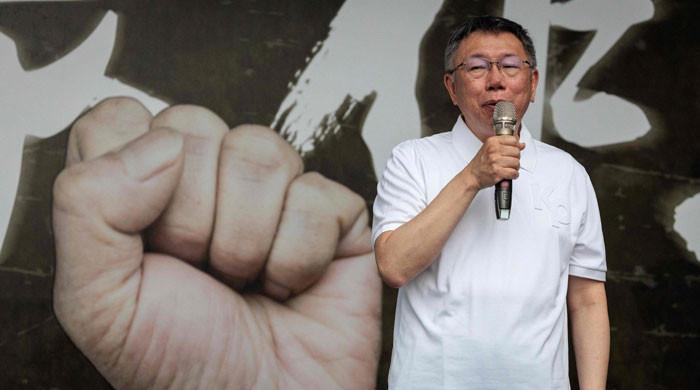Oil prices inch higher as US fuel inventories fall, dollar weakens
The price swings since the Ukraine conflict began six months ago have rattled hedge funds and speculators and thinned trading
August 31, 2022

- US West Texas Intermediate (WTI) crude futures jumped 85 cents.
- US gasoline, distillate stockpiles fall.
- China factory data disappoints.
Oil prices recovered slightly on Wednesday as data pointed to firm fuel demand in the United States, providing respite after a 5% drop a day earlier on fear of demand suffering from increased China COVID-19 curbs and central bank interest rate hikes.
US West Texas Intermediate (WTI) crude futures jumped 85 cents, or 0.9%, to $92.49 a barrel at 0456 GMT, after sliding $5.37 in the previous session driven by recession fears.
Brent crude futures for October, due to expire on Wednesday, climbed 70 cents, or 0.7%, to $100.01 a barrel, trimming Tuesday’s $5.78 loss.
The more active November contract was up 93 cents, or 1%, at $98.77 a barrel.
The price swings since the Ukraine conflict began six months ago have rattled hedge funds and speculators and thinned trading, which in turn has made the market whipsaw even more, as seen on Tuesday.
“I can’t stress, the low liquidity means we’re in for some volatile moves,” said Commonwealth Bank commodities analyst Vivek Dhar.
Supporting market sentiment on Wednesday, data from the American Petroleum Institute (API) showed gasoline inventories fell by about 3.4 million barrels, while distillate stocks, which include diesel and jet fuel, fell by about 1.7 million barrels for the week ended Aug. 26.
The drawdown in gasoline stockpiles was nearly triple the 1.2 million barrel drop that eight analysts polled by Reuters had expected on average. For distillate inventories, they had expected a drop of about 1 million barrels.
However, API data showed crude stocks rose by about 593,000 barrels, against analysts’ estimates of a drop of around 1.5 million barrels.
Oil prices rise on signals Opec might cut output
A slightly weaker US dollar also shored up the market, with oil consequently being cheaper for buyers holding other currencies.
Price gains were capped by worries that some of China’s biggest cities — from Shenzhen to Dalian — are imposing lockdowns and business closures to curb COVID-19 at a time when the world’s second-biggest economy is already experiencing weak growth.
On the supply side, oil exports from Iraq were unaffected by the worst violence seen in Baghdad for years, three sources told Reuters on Tuesday. Clashes eased on Tuesday after powerful cleric Moqtada al-Sadr ordered his followers to end their protests.
The main factor supporting prices at the moment is talk from members of the Organization of the Petroleum Exporting Countries (OPEC) and allies, together called OPEC+, that they might cut output to stabilise the market. OPEC+ is next due to meet on Sept. 5.
“As far as OPEC cuts go, I don’t think anybody believes that immediate cuts are going to have major effects,” said Sukrit Vijayakar, director of energy consultancy Trifecta.
Secondly, since the threat of a recession seems to be real, investors would be willing to let Brent hover between $90 and $110 for now, he added.











